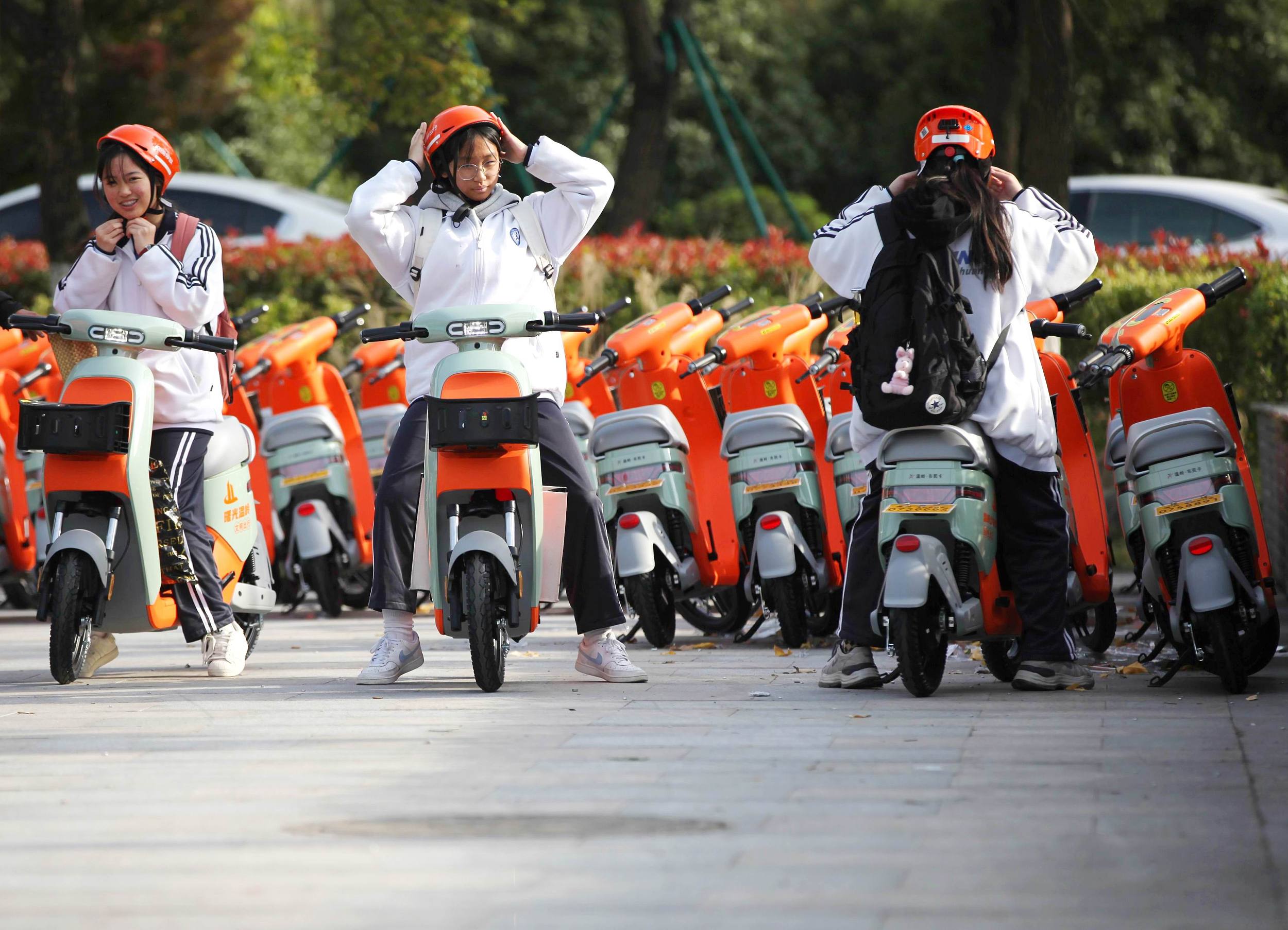Regulating the E-bike Sector

Electric bicycles become an essential tool in people's daily transportation. (PHOTO: VCG)
By?CHEN?Chunyou?&?CUI?Shuang
Chinese government departments recently released a slate of measures to promote the standardized and healthy development of the electric bicycle (e-bike) industry, and enhance the quality and safety level of related products.
A pivotal step in this direction is a specification formulated by the Ministry of Industry and Information Technology (MIIT), the State Administration for Market Regulation (SAMR) and the National Fire and Rescue Administration, which includes nine sections, ranging from enterprise layout, technological equipment to product quality and management, as well as intelligent and green manufacturing practices.
China is both a major producer and consumer of e-bikes, which have already become an essential tool in people's daily transportation, especially in the food delivery sector.
According to MIIT, the number of e-bikes nationwide exceeds 350 million. In 2023, relevant domestic enterprises produced a total of 42.28 million e-bikes.
In addition to their popularity domestically, Chinese e-bikes also possess a significant market share globally. According to the China Bicycle Association, China's bicycle production and trade, including e-bikes, account for nearly 70 percent of the world's total.
However, the development of the e-bike industry still faces some challenges, such as a lack of leading enterprises and an urgency to refine its R&D capabilities.
For the sake of developing the industry and improving product quality, MIIT solicited opinions on amending the mandatory national standard for e-bike charger safety technical requirements.
Usually, the charging devices of e-bikes are on-board chargers, which typically refer to chargers that are directly embedded into the e-bikes during manufacturing and cannot be detached with the aid of tools. The draft amendment adds a provision about protection against electric shocks, which may arise from this kind of design, stating that e-bike chargers shall not be designed, manufactured or used in on-board form.
Another rising concern is about lithium-ion batteries, which, together with lead-acid batteries, are the two main types of batteries used in e-bikes. Currently, the proportion of domestic e-bike brands equipped with lithium-ion batteries exceeds 20 percent.
SAMR issued a mandatory national standard for the safety technical specification of lithium-ion batteries used in e-bikes in late April, which will take effect on November 1, 2024.
The specification stipulates the safety requirements for lithium-ion battery cells used in e-bikes and sets product safety thresholds for battery packs in seven aspects, such as electrical safety, mechanical safety, environmental safety and thermal diffusion, aiming to elevate the quality and safety level of e-bike lithium-ion batteries.
All lithium-ion batteries used in e-bikes are required to meet the requirements, said MIIT.







